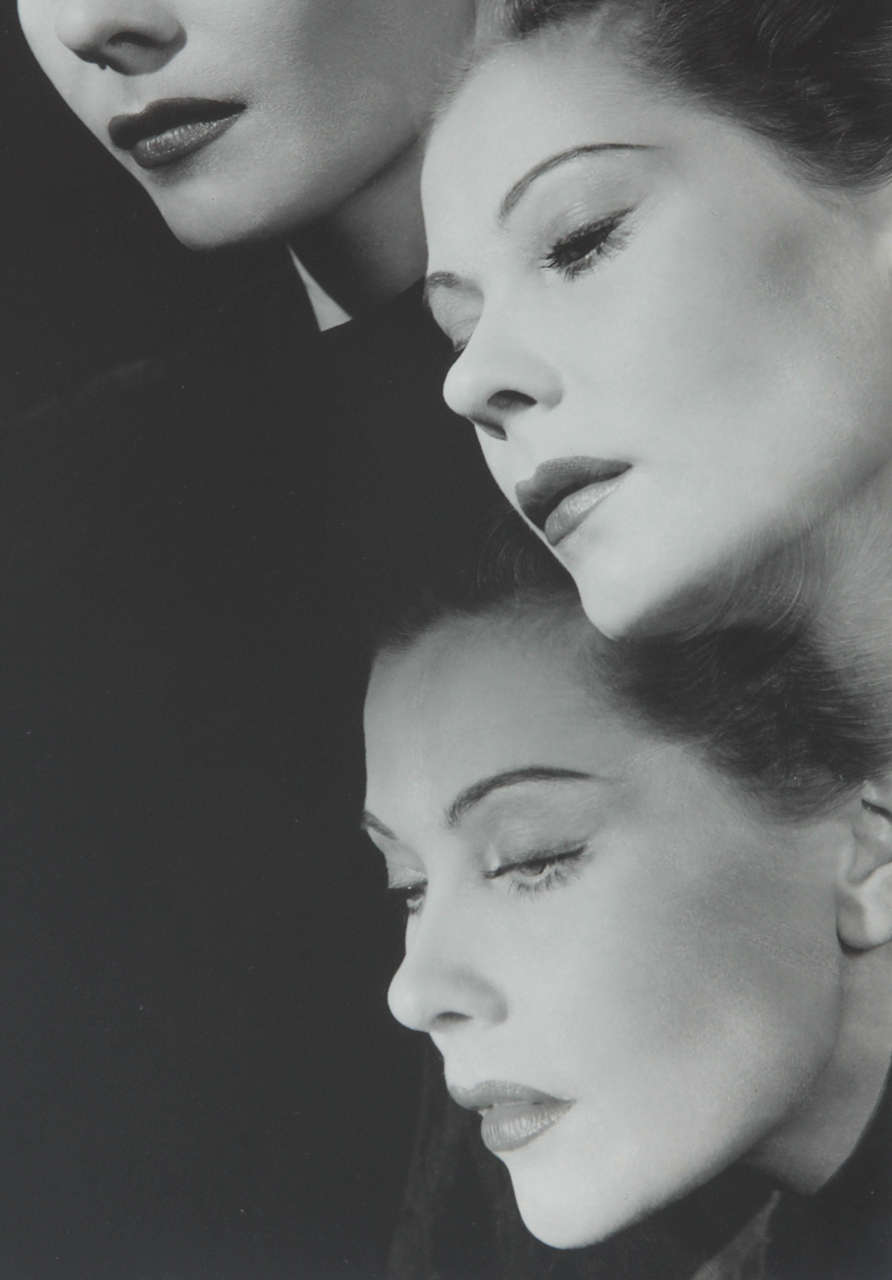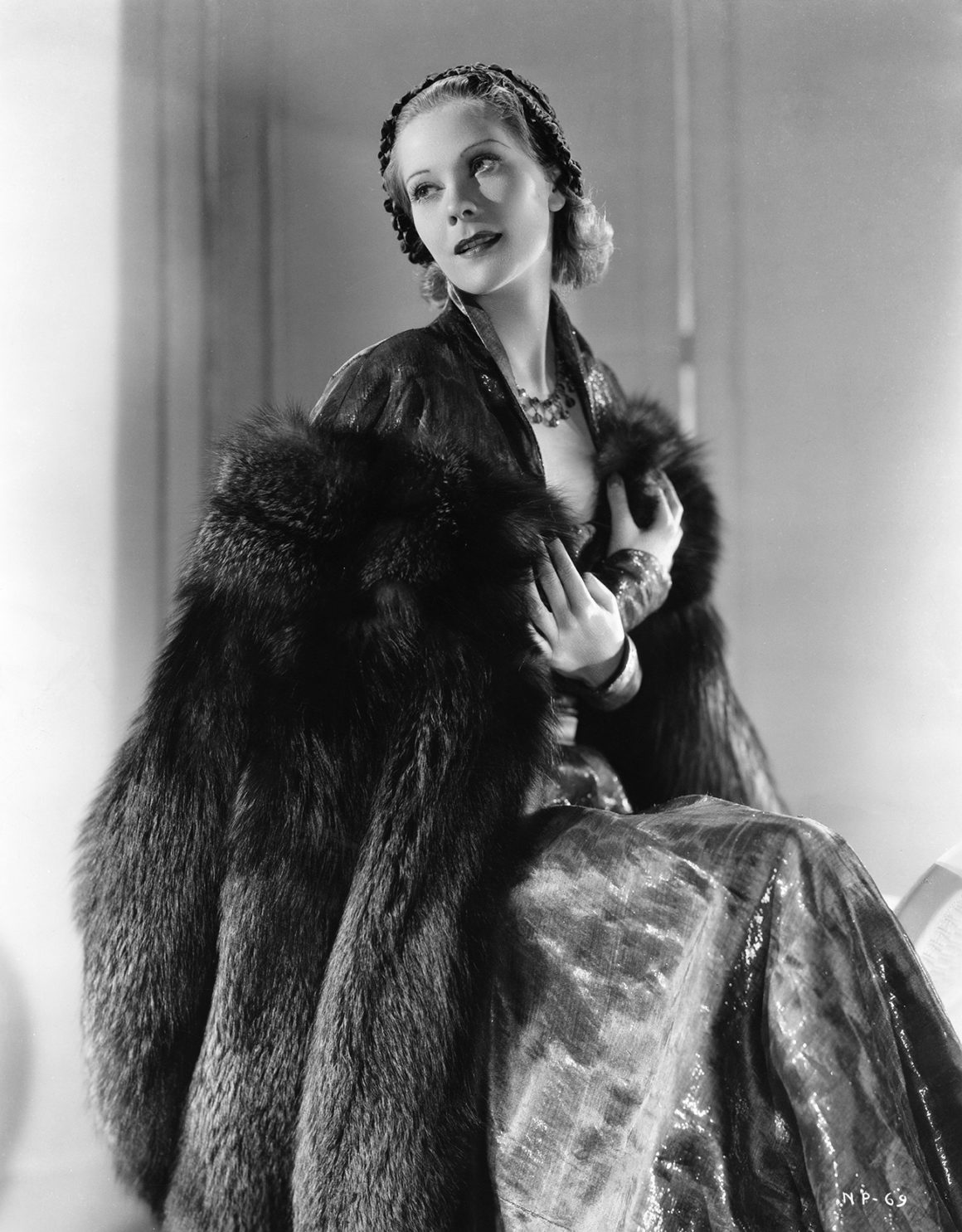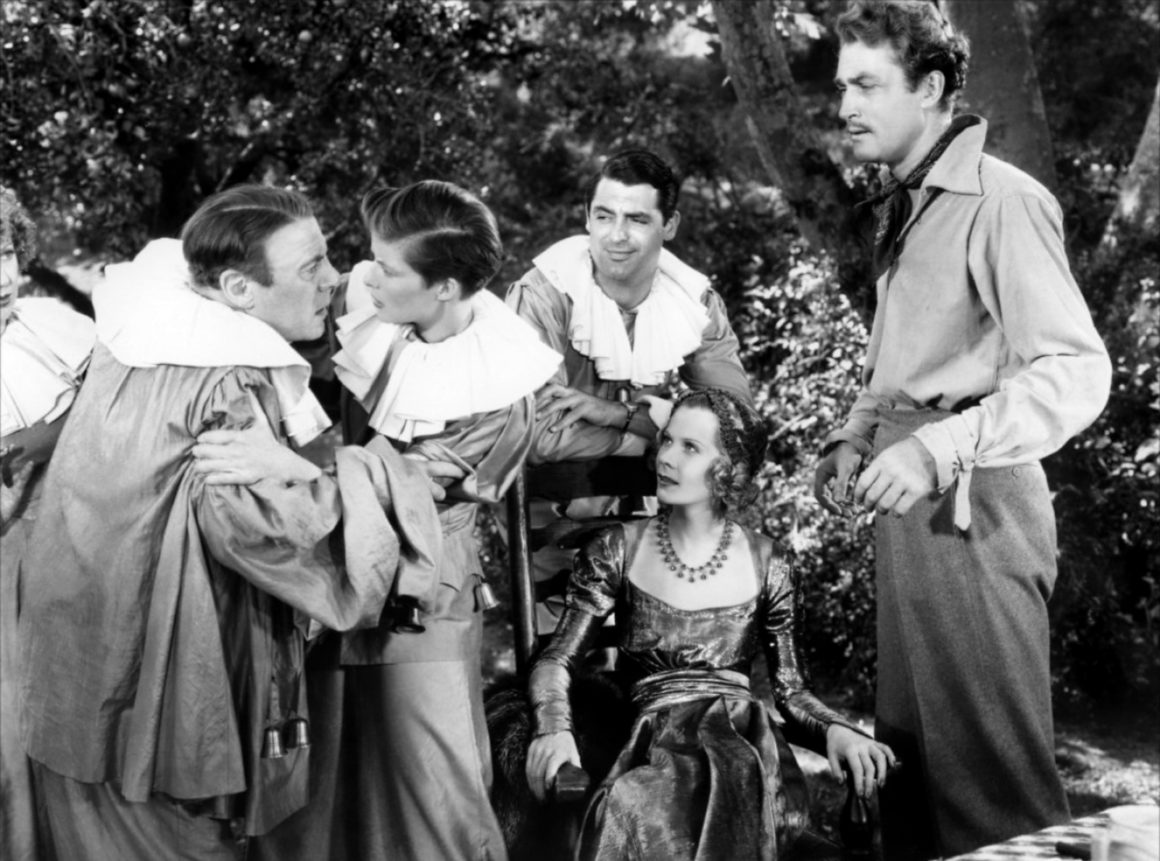The phrase “Russian beauty” has long been part of people’s consciousness all over the world. Russian history has seen many a beauty, but this time let’s not delve too far into the past, but take a closer look at the last century. In 1905, Natalie Paley was born into one of Russia’s most aristocratic families- she was a first cousin of Tsar Nicholas II.
This girl was destined to become a famous Parisian model, style icon and the ultimate high society hostess. From early age Natalie was immersed in beauty: her mother was a client of the best fashion houses in Paris, and Natalie was surrounded by exquisite and sophisticated luxury, imaginable only during the period of Belle Epoque.


Such charmed childhood could not last forever. The Bolsheviks murdered Natalie’s father and brother, and in 1921, aged 16, once again she found herself in Paris – this time as a destitute immigrant. At first it seemed that there was no way out. Absolute lack of money meant that the girls could not continue their education, nor learn a profession. However, Natalie’s mother- princess Olga, found her feet again relatively quickly by turning to her old Parisian friends and acquaintances in fashion houses.
She organised many charity evenings to help the Russian immigrants, with names like Charles Worth, Lucien Lelong and Cartier taking part, so Natalie soon found herself in the fashion and cultural epicentre once again (Interestingly, her half brother, prince Dmitry, was Coco Chanel’s close friend).
Natalie Paley had amazing taste, decisive and lively character as well as blonde hair, high cheekbones and beautiful eyes. During that time in Paris Russian women were very well respected and valued as models, and Natalie began to work. We must remember that back then the modeling profession was completely different to what it is today. Firstly, there were very few models, but most importantly, they were icons of sophistication and good taste. They not only had beauty, but education, charisma, an air of mystery and perfect manners. They often came from very aristocratic families, and the clothes were made for them, and not the other way round as it happens today.


One third of the models in Paris were Russian, and Natalie worked successfully with all fashion houses. Coco Chanel, impressed with Natalie’s beauty and intelligence, introduced her to Lucien Lelong himself- the eponymous owner of the Lelong fashion house. He not only hired Natalie as a model, but fell in love and married her. The few relatives of Natalie’s who were still alive were against the wedding. Lelong’s father was a salesman, whilst Natalie was the Tsar’s close relative, but in the end the wedding went ahead.
Paley became the face of the Lelong house, and she represented both the aristocratism and the progressiveness of the jazz era. Her photographs graced the pages of every fashion magazine, including Vogue. Her dresses were made of the most delicate silk and chiffon, and symbolised Lelong’s love for his wife and muse. He also dedicated scent to her: the perfume Indiscret can still be bought today.


As often happens with strong, bright characters, especially when we are talking about those who outlived two world wars and a revolution, Natalie Paley couldn’t spend her whole life in the same place with one man. Erich Maria Remarque, Jean Cocteau and Antoine de Saint-Exupéry were among her famous lovers. Natalie also tried her hand at films: she moved to America and married a bisexual producer John Chapman Wilson, but never achieved fame as an actress. Again, like many of her contemporaries, such as Chanel and Greta Garbo, Paley spent her last years alone in isolation.
Natalie Paley was among the pioneers who turned Russian style and beauty into an integral part of European and world fashion. Among others, the Russians’ ‘invasion’ also included Diaghilev’s Ballets Russes, when ballet, art and other forms of Russian art were conquering the world.